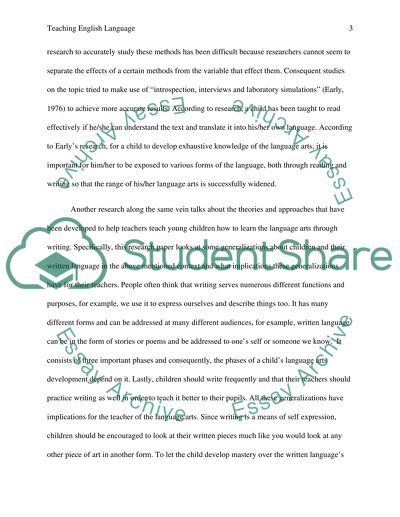Cite this document
(“Teaching English Language Arts through Writing Research Paper”, n.d.)
Teaching English Language Arts through Writing Research Paper. Retrieved from https://studentshare.org/education/1459022-teaching-english-language-arts-through-writing
Teaching English Language Arts through Writing Research Paper. Retrieved from https://studentshare.org/education/1459022-teaching-english-language-arts-through-writing
(Teaching English Language Arts through Writing Research Paper)
Teaching English Language Arts through Writing Research Paper. https://studentshare.org/education/1459022-teaching-english-language-arts-through-writing.
Teaching English Language Arts through Writing Research Paper. https://studentshare.org/education/1459022-teaching-english-language-arts-through-writing.
“Teaching English Language Arts through Writing Research Paper”, n.d. https://studentshare.org/education/1459022-teaching-english-language-arts-through-writing.


